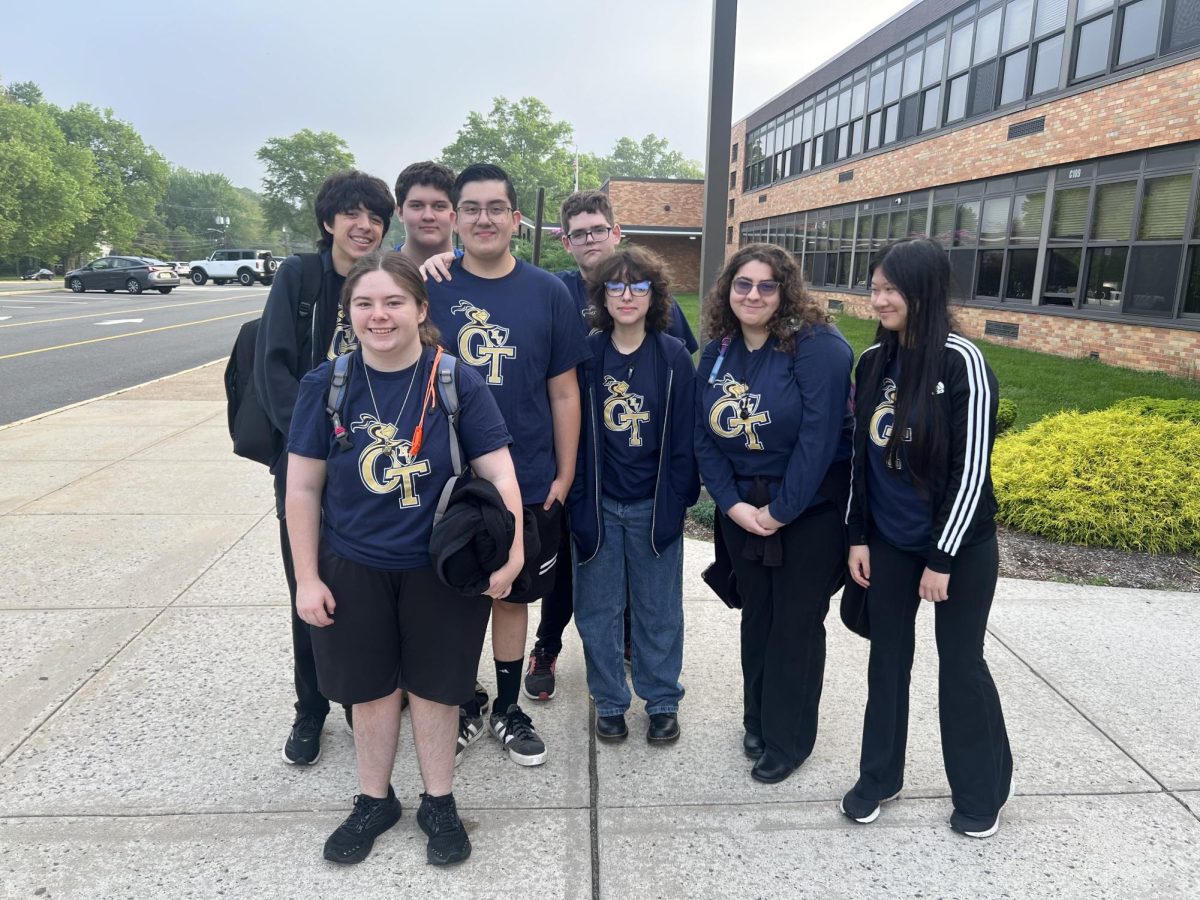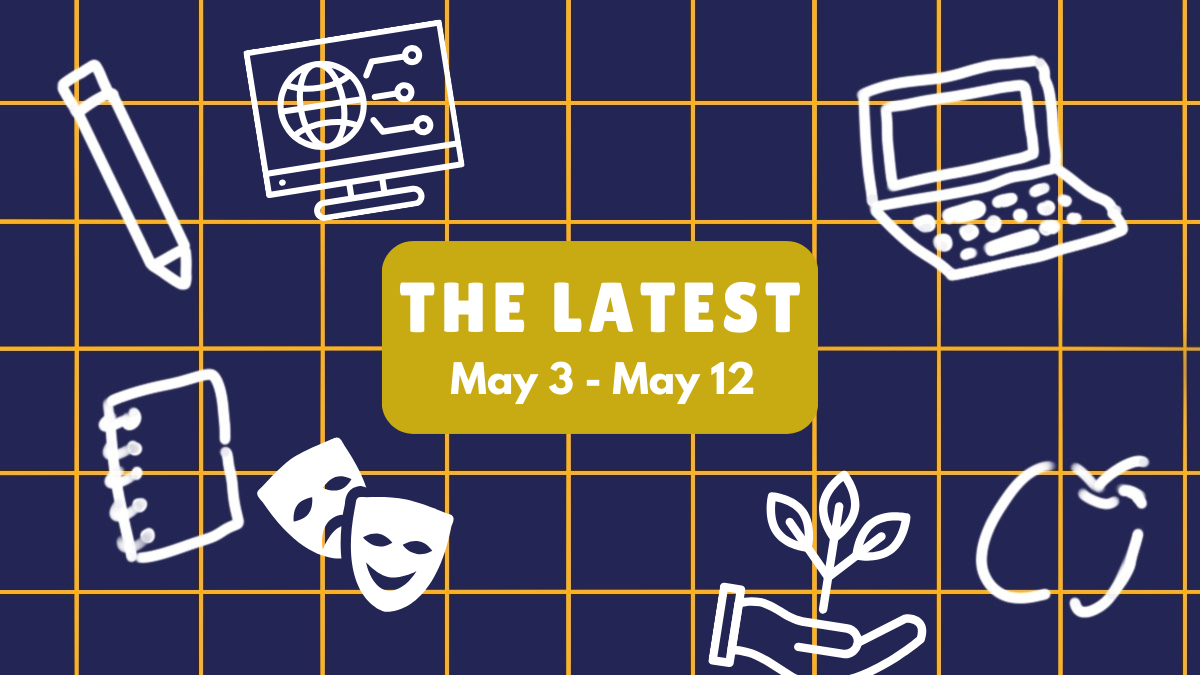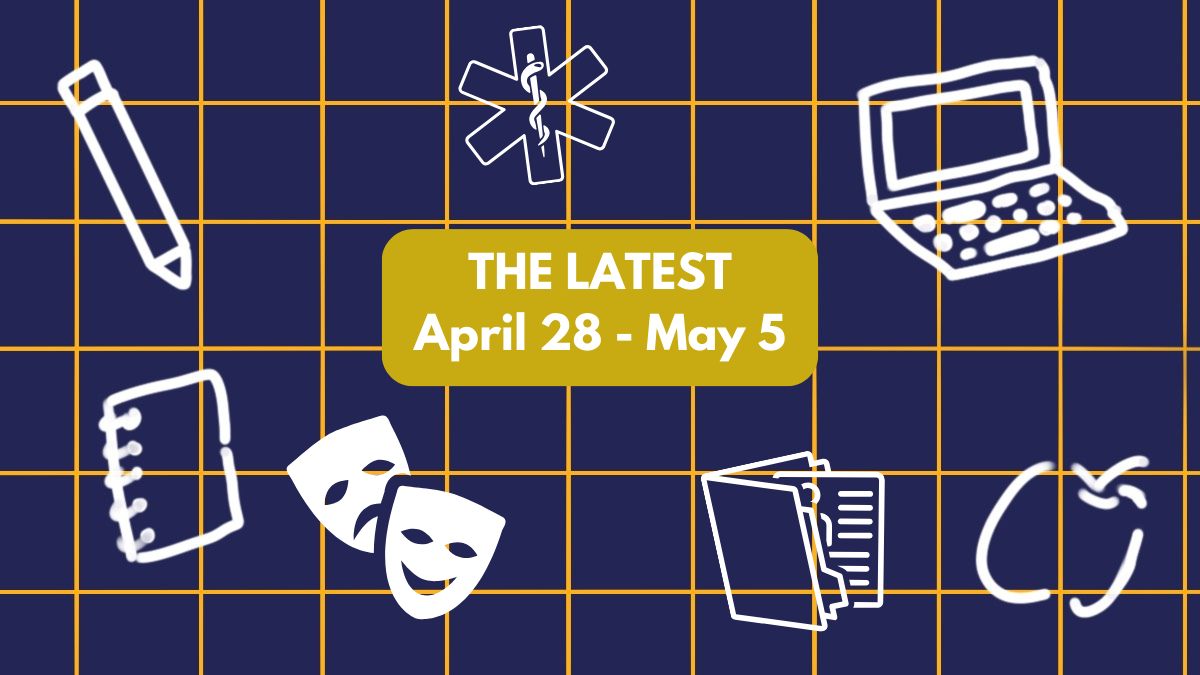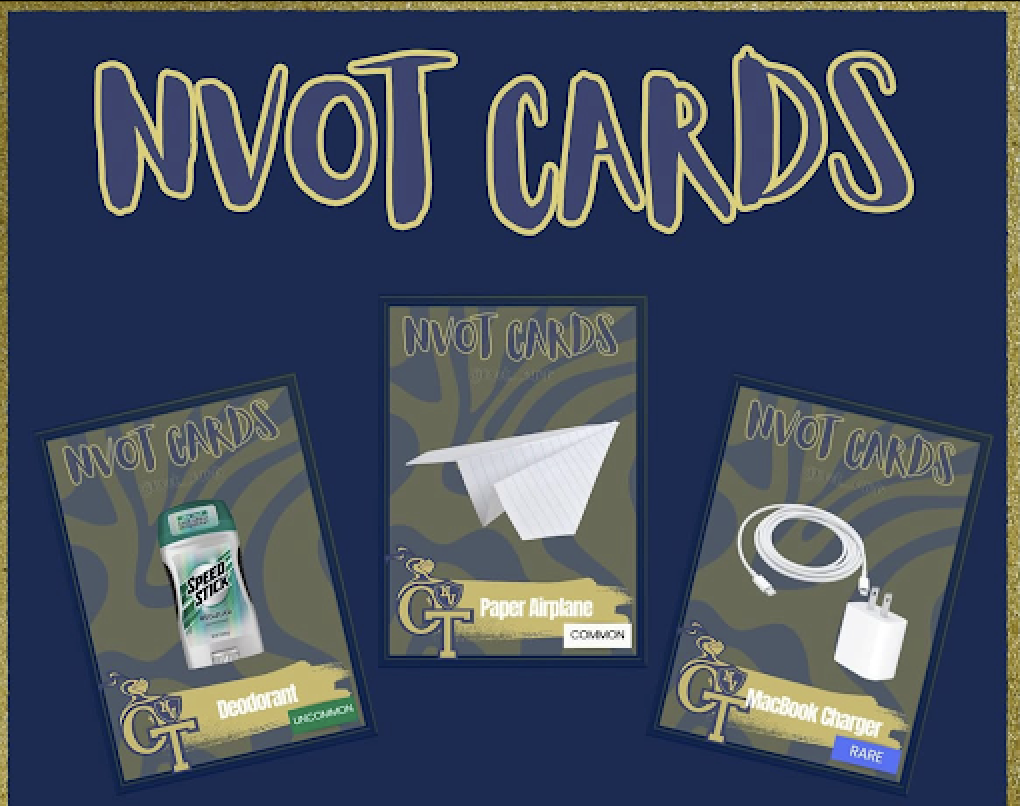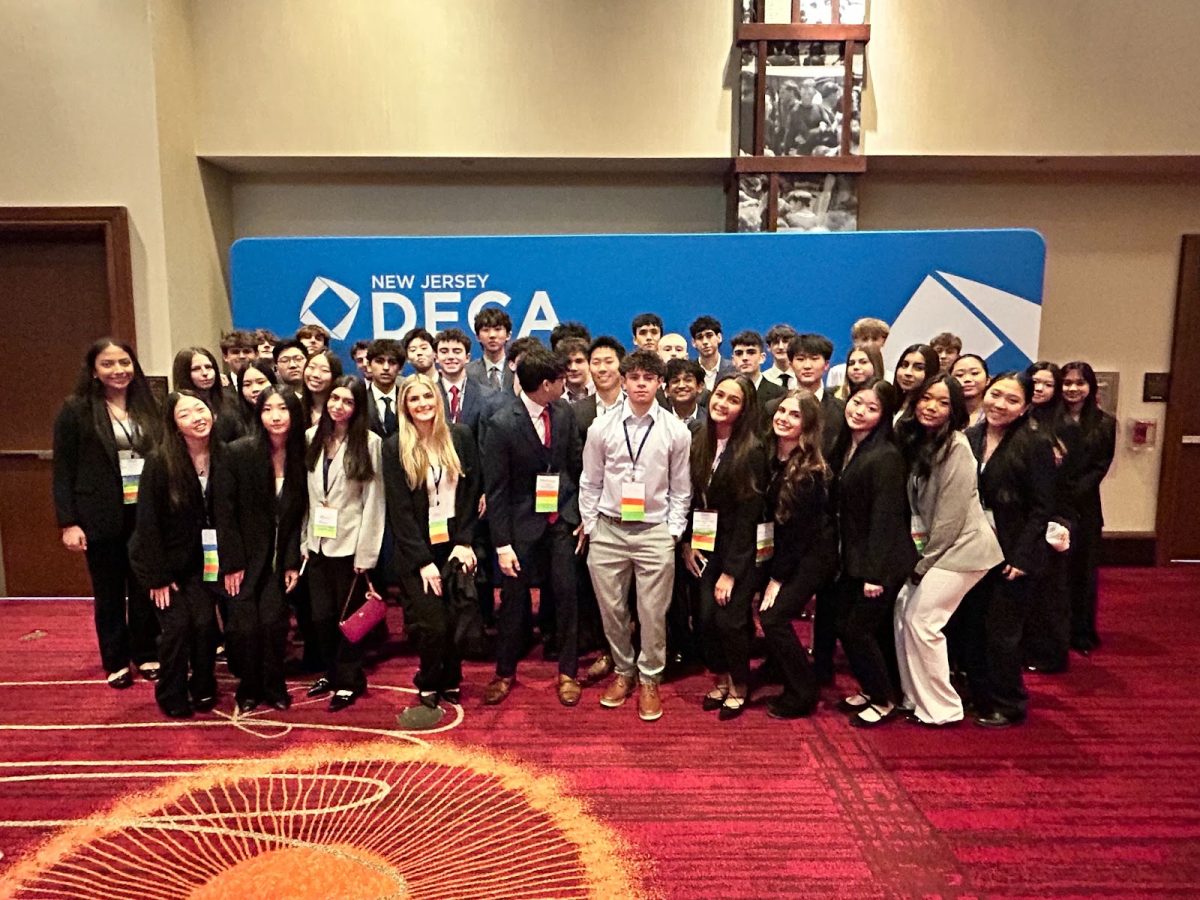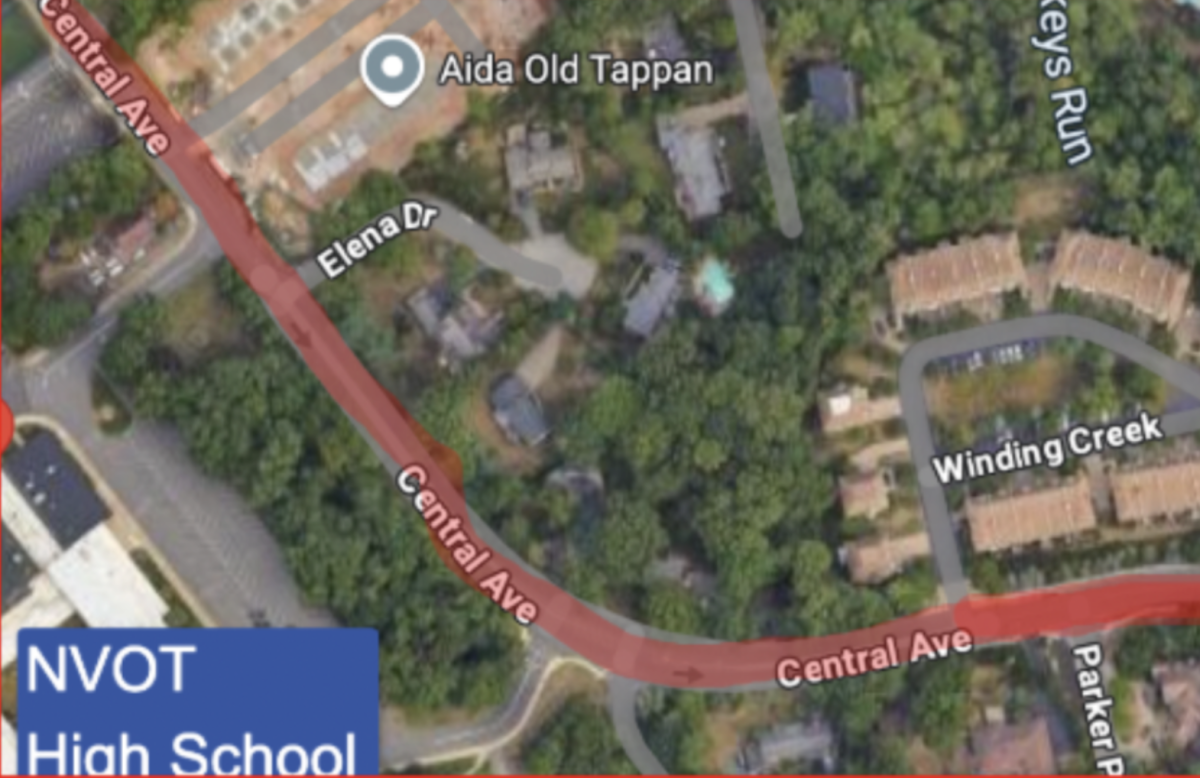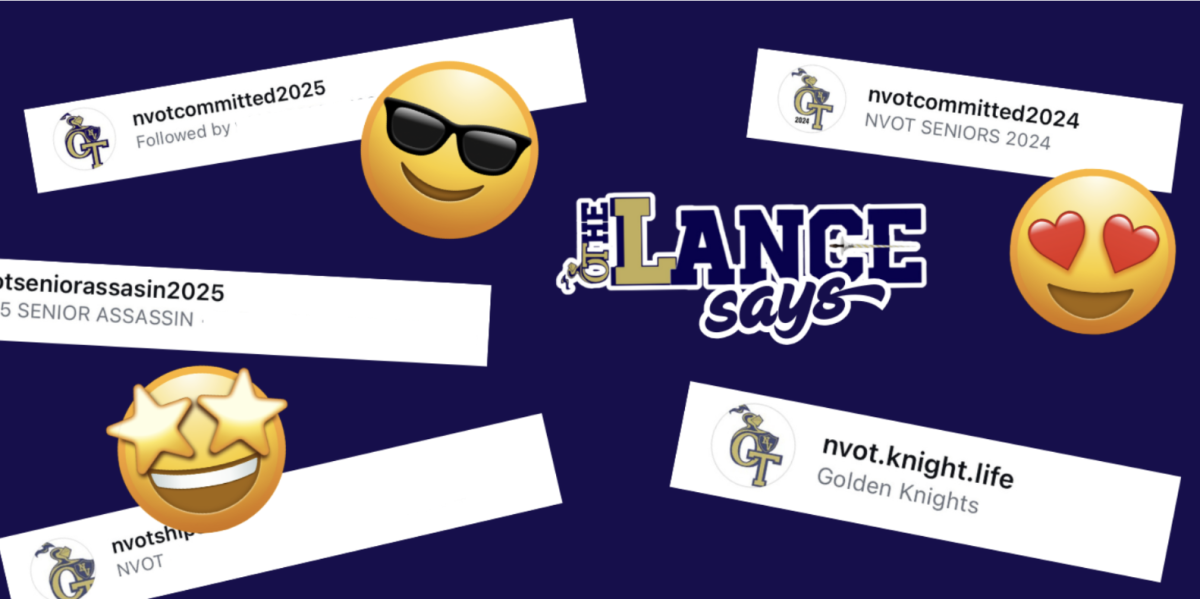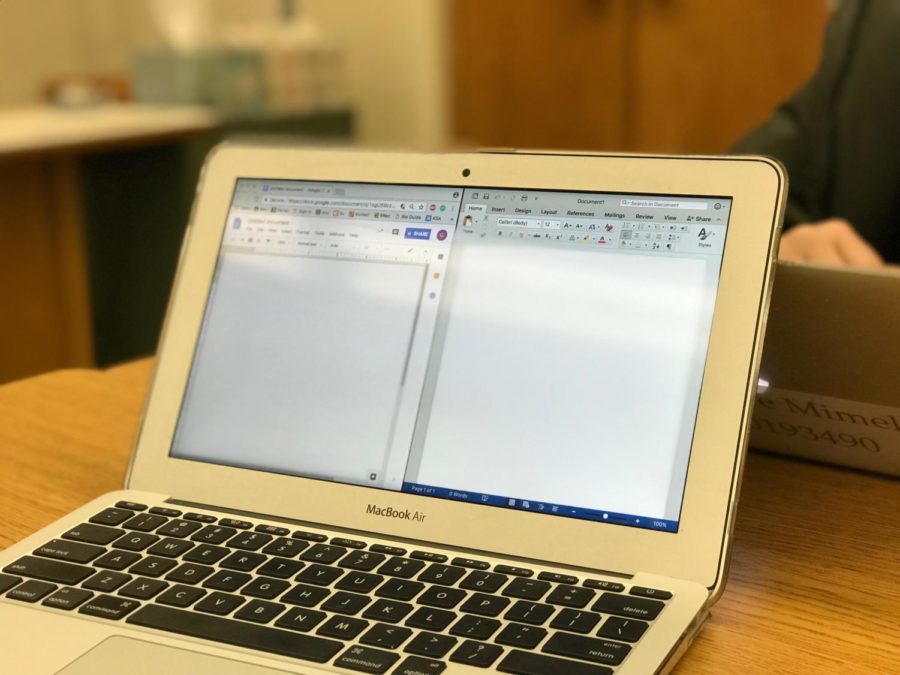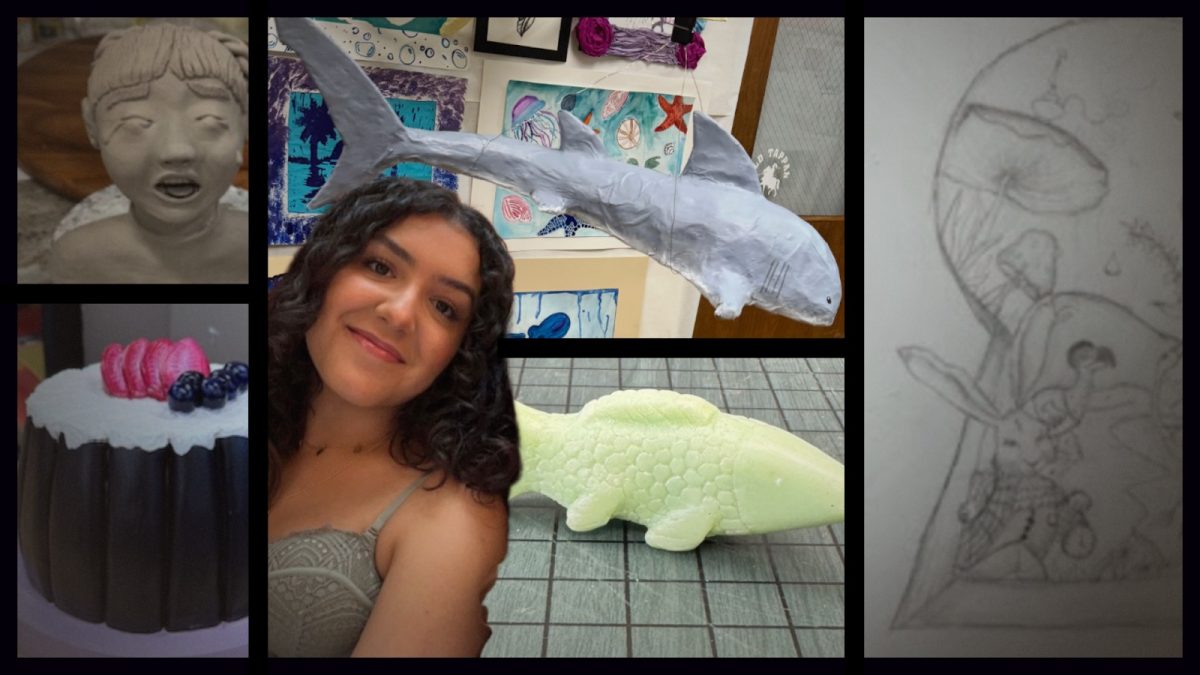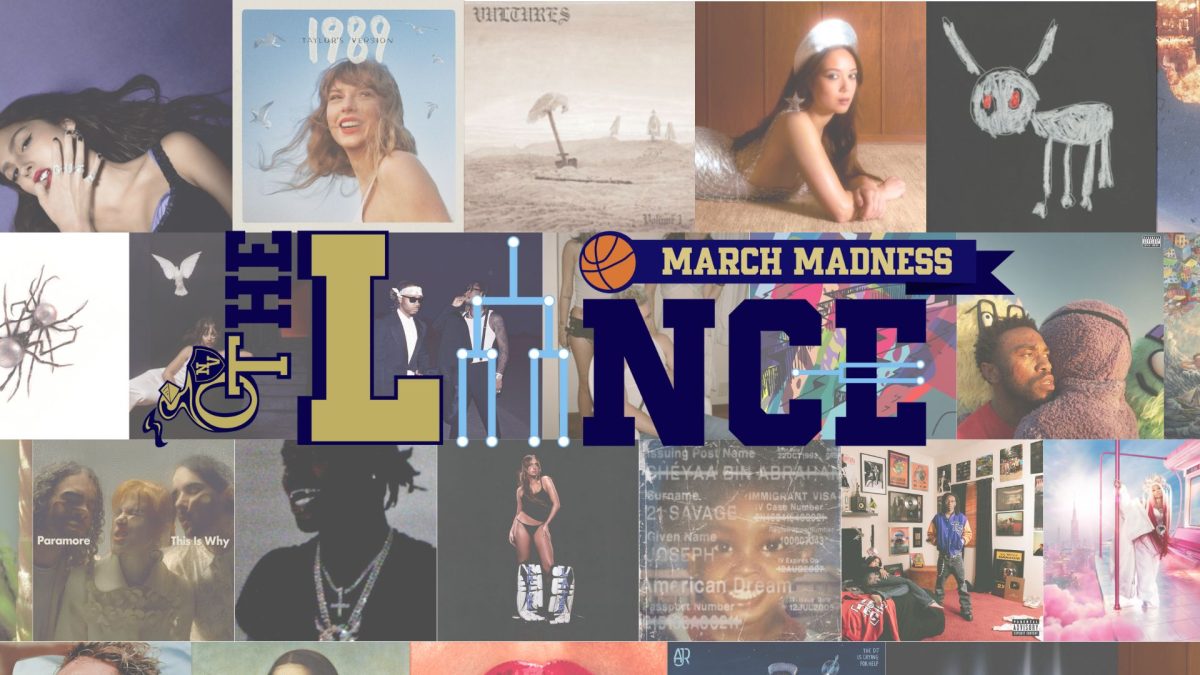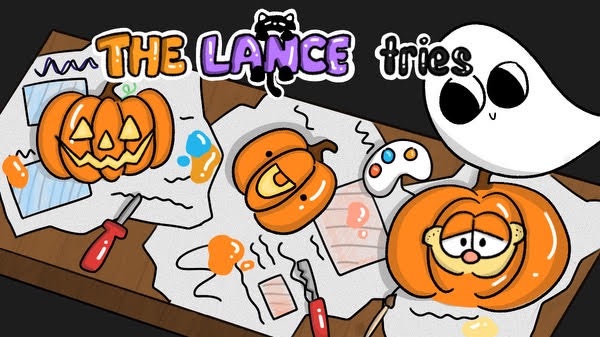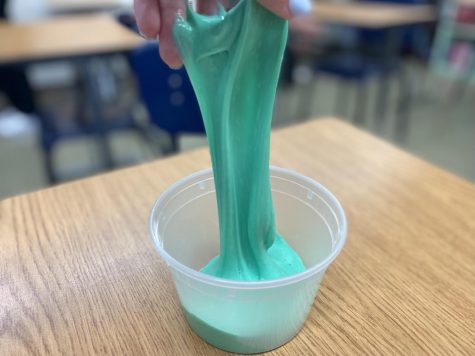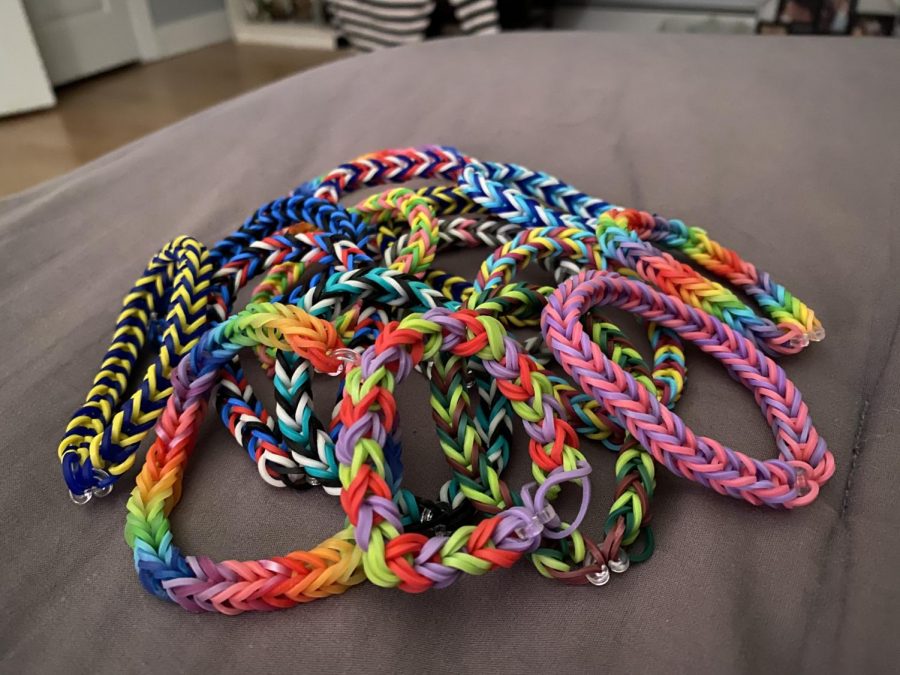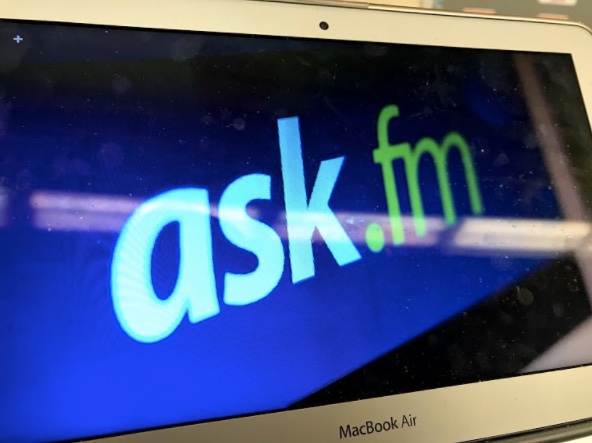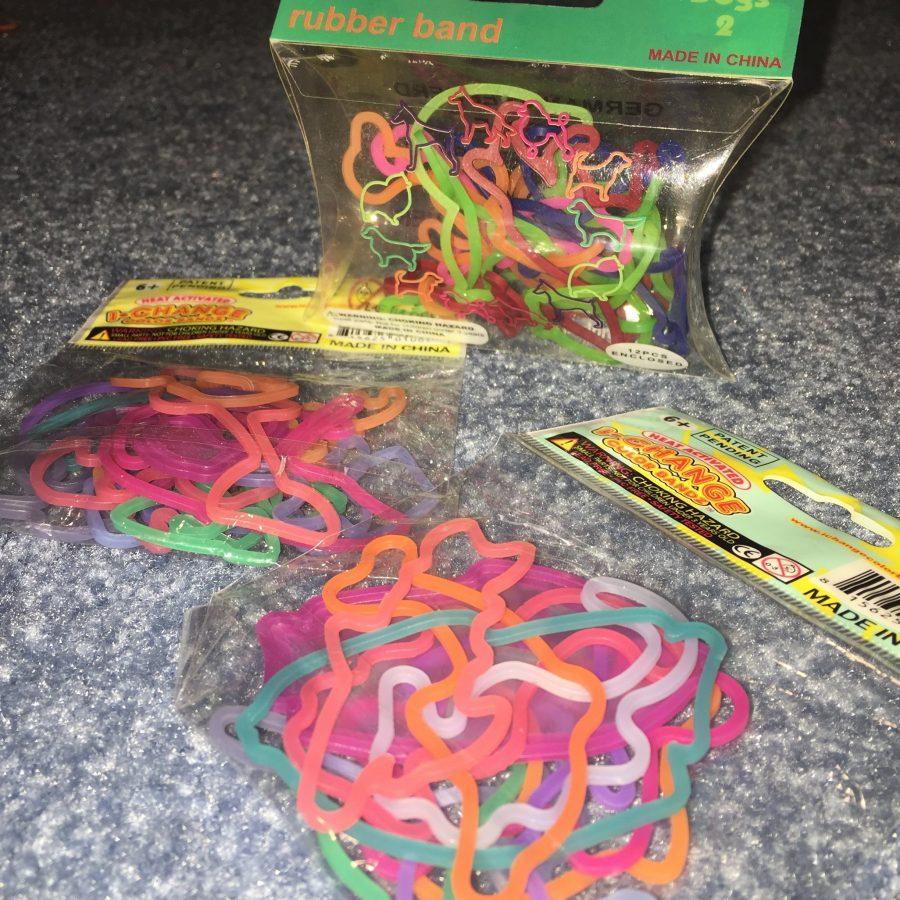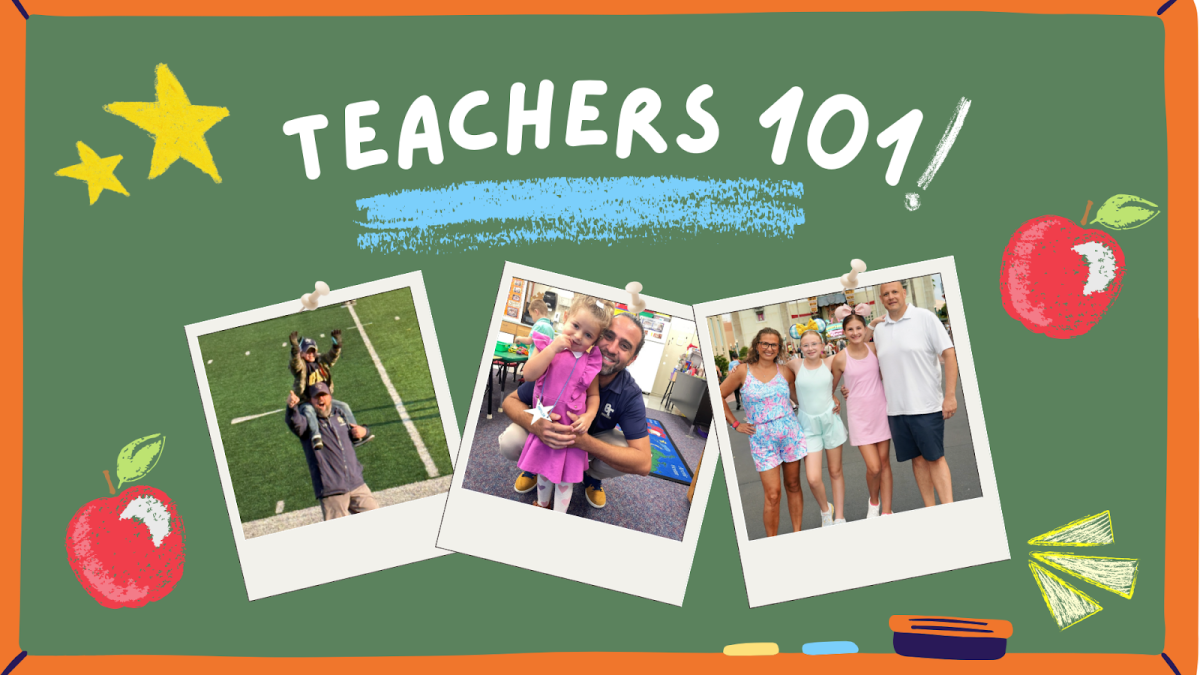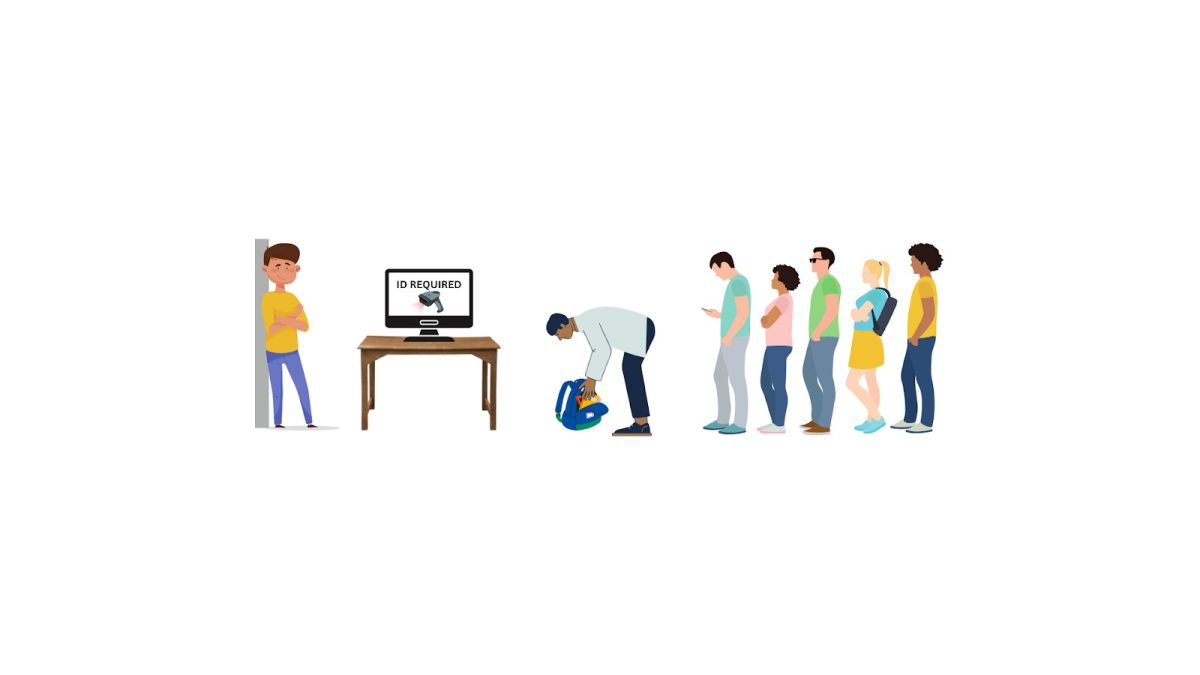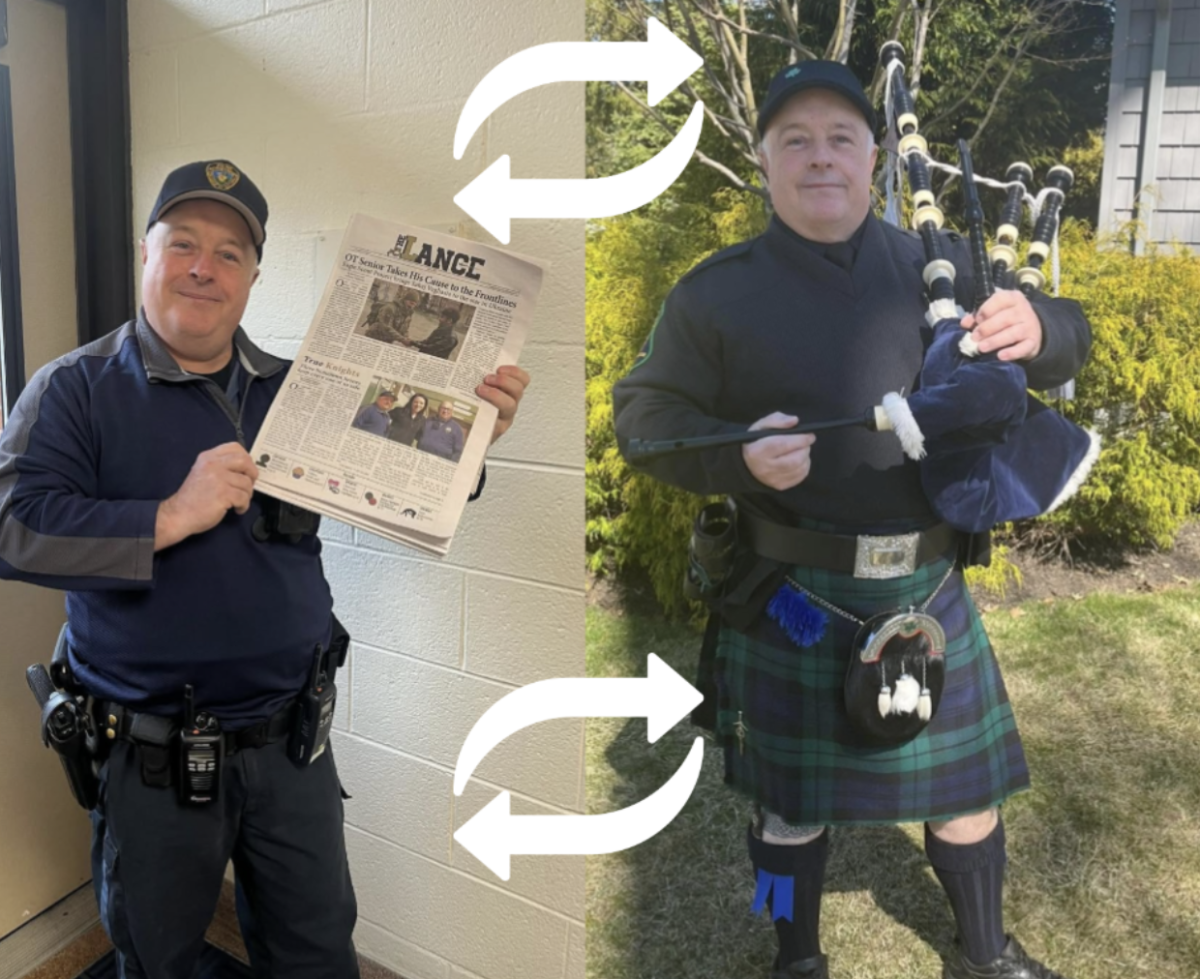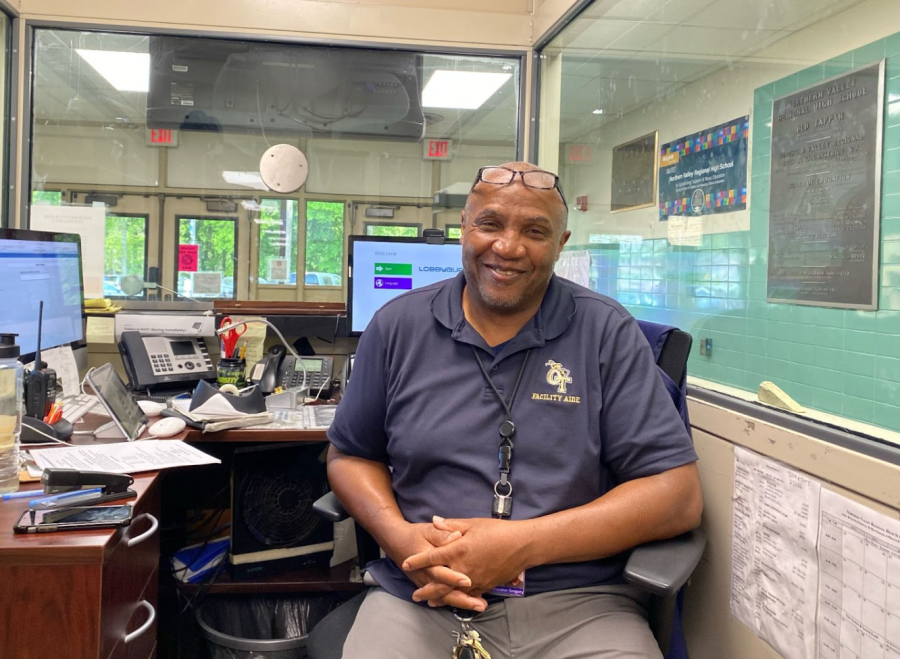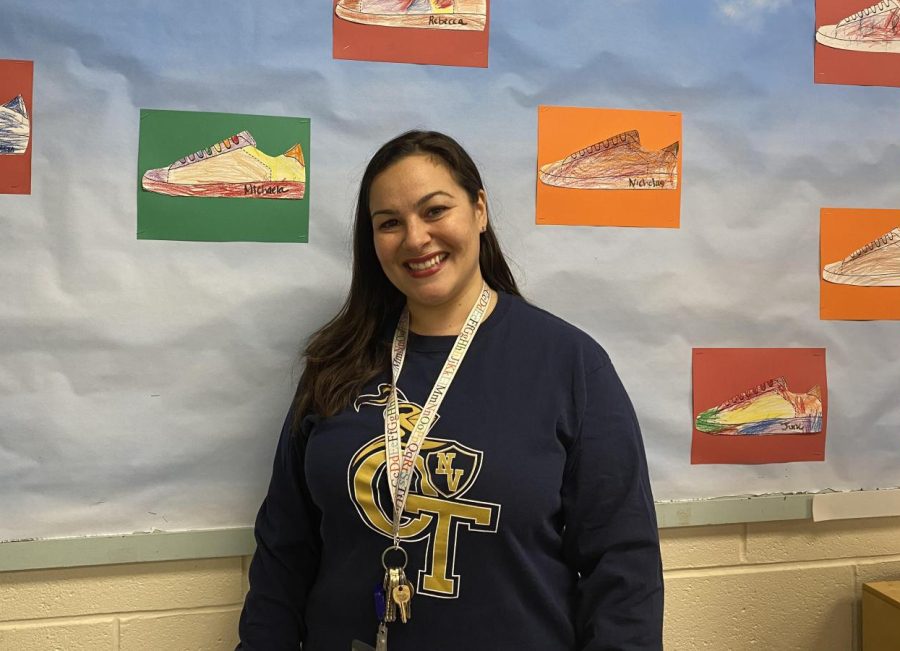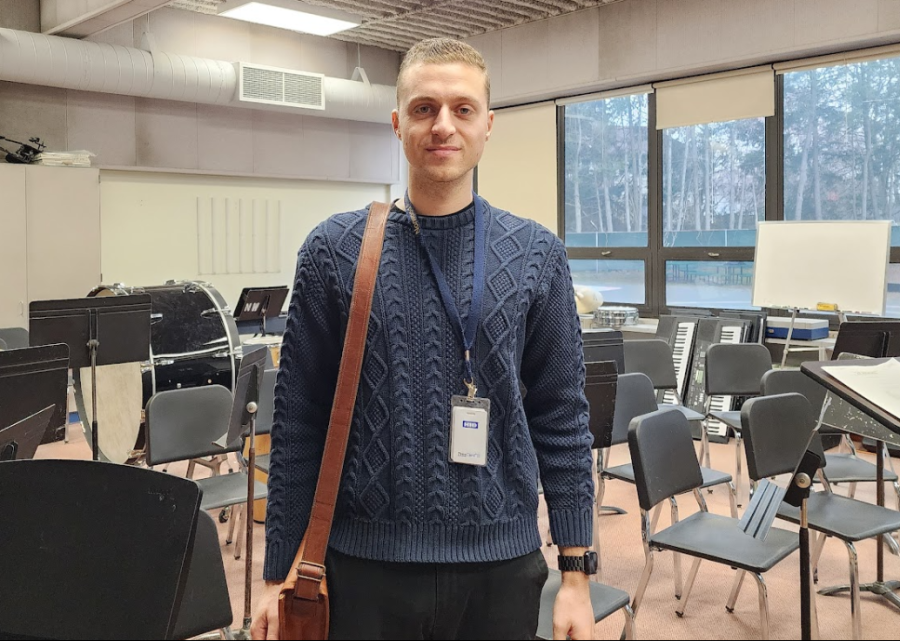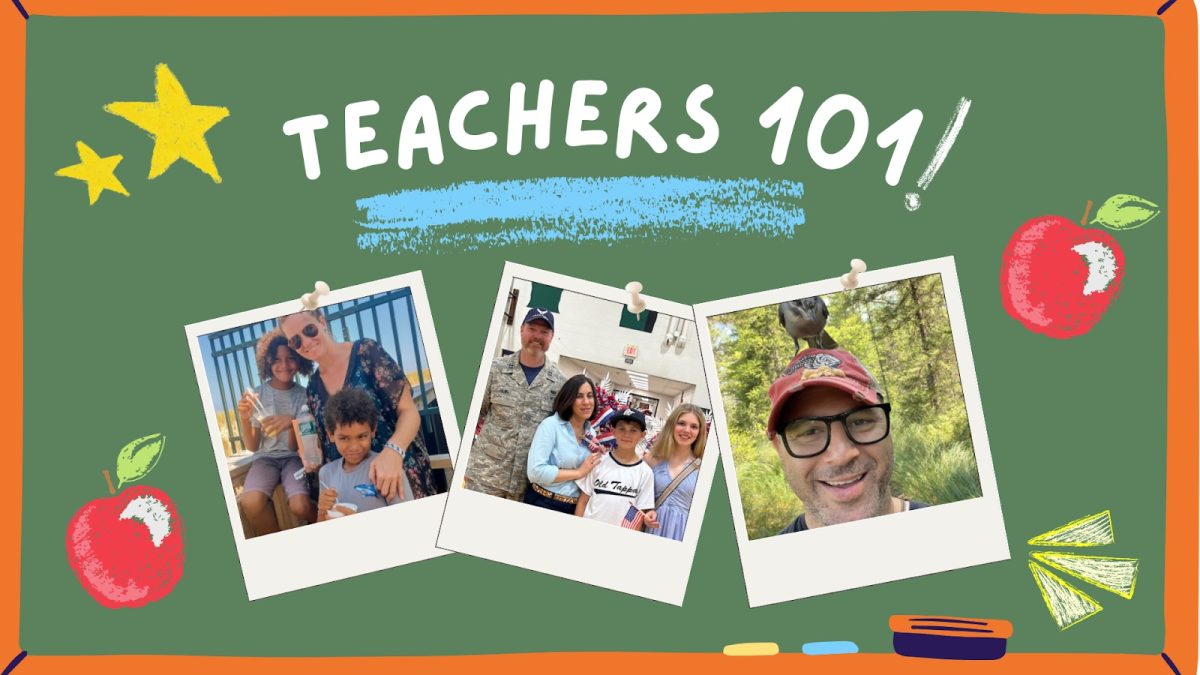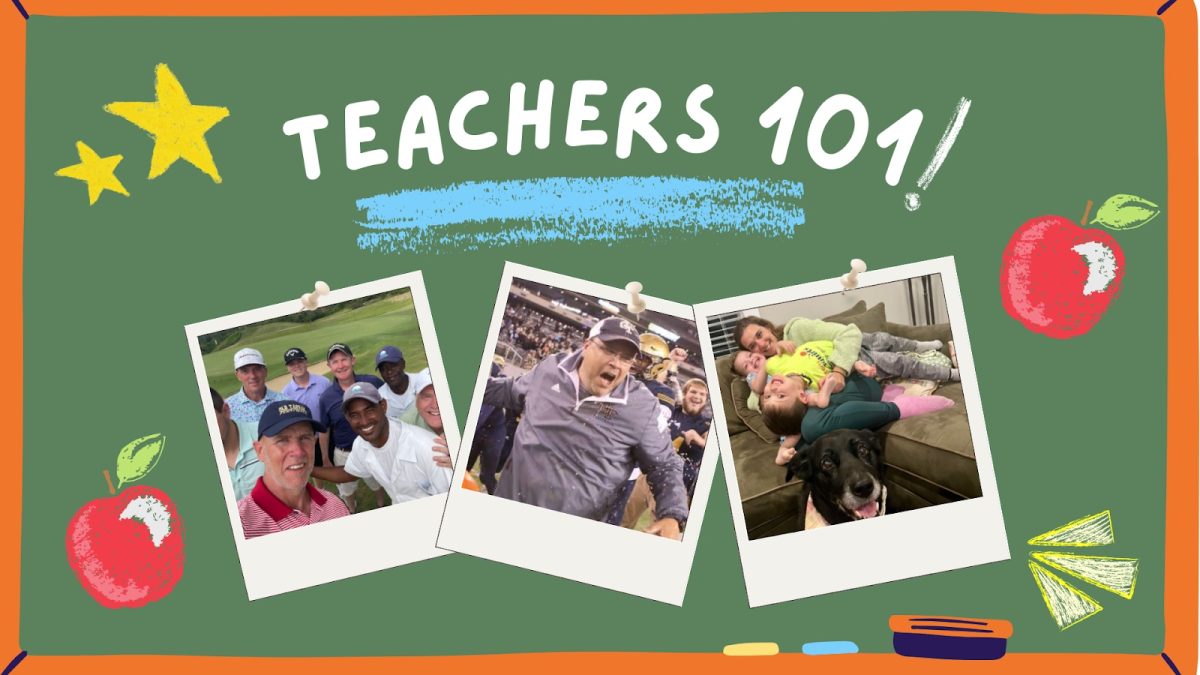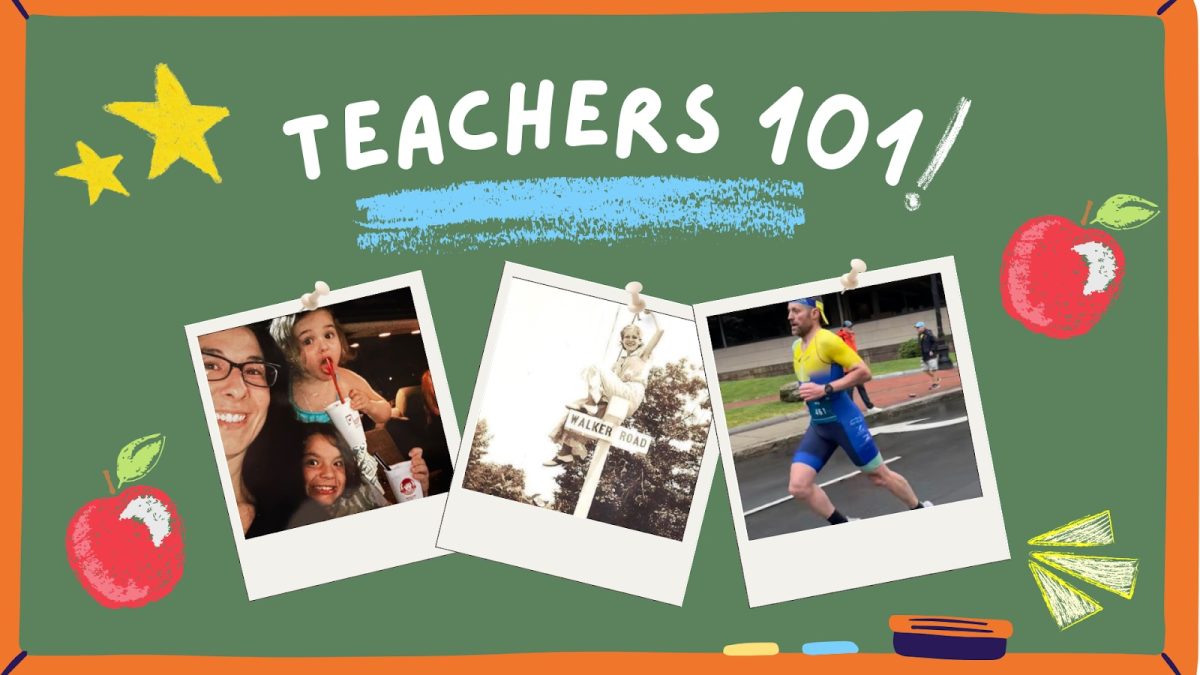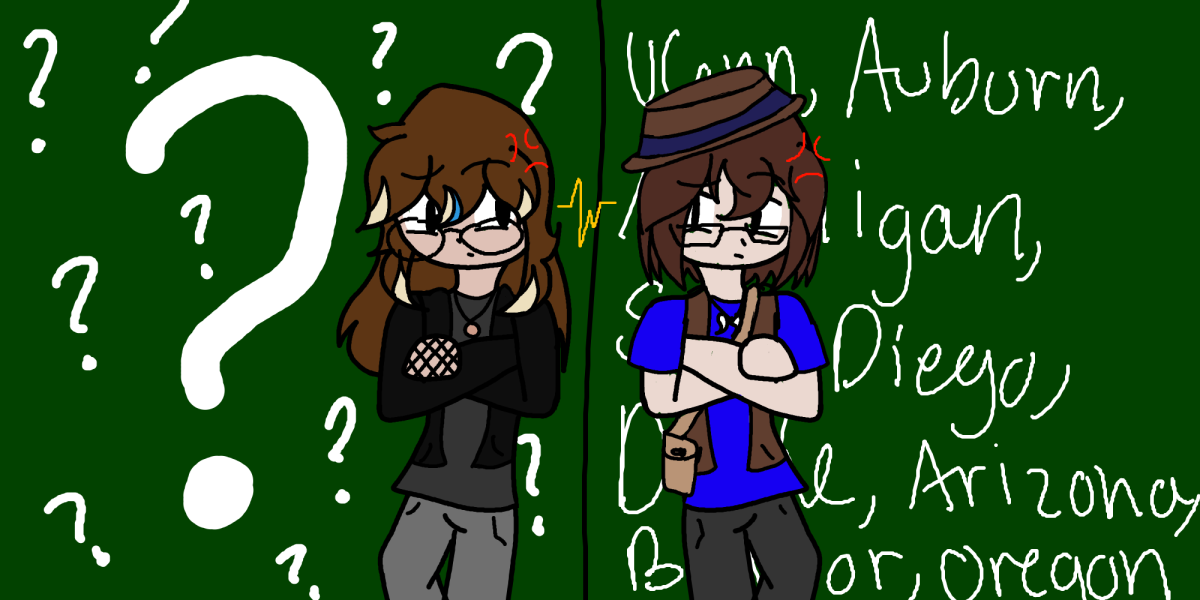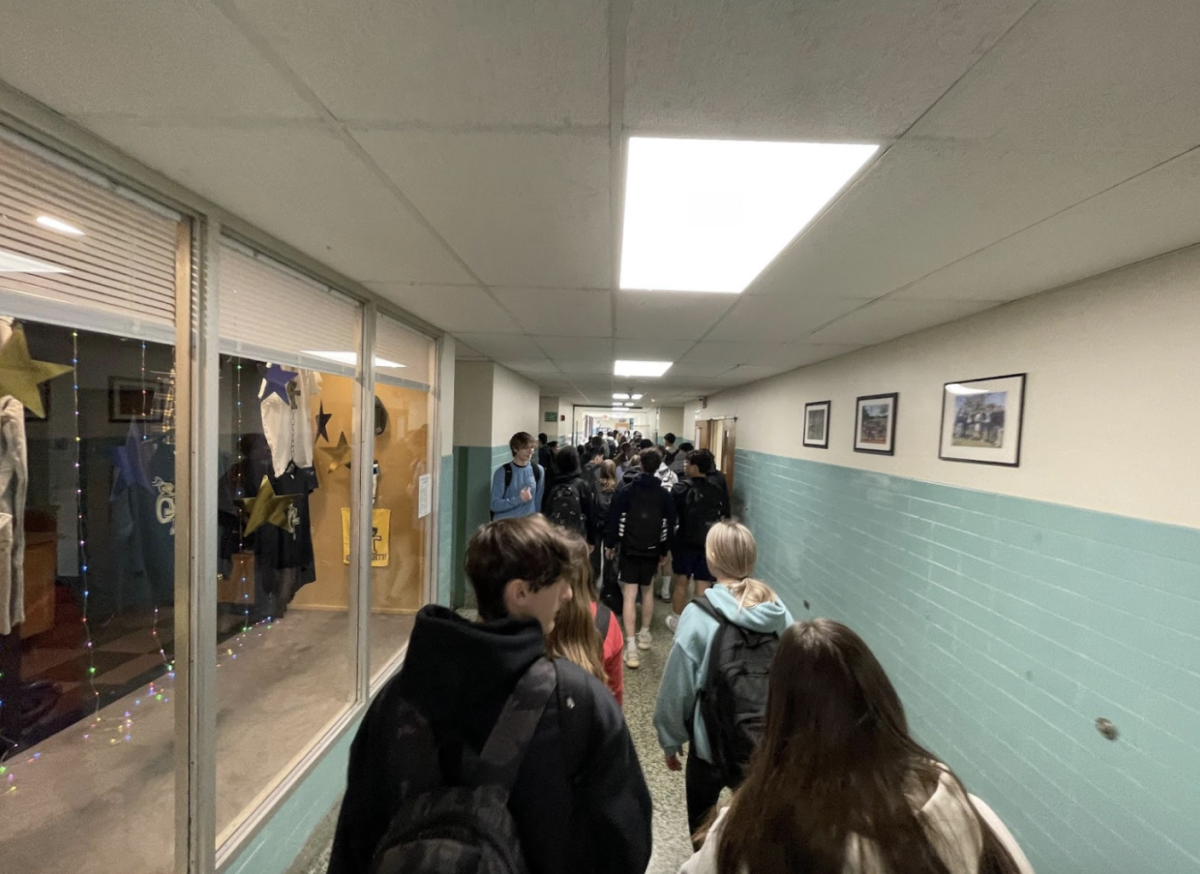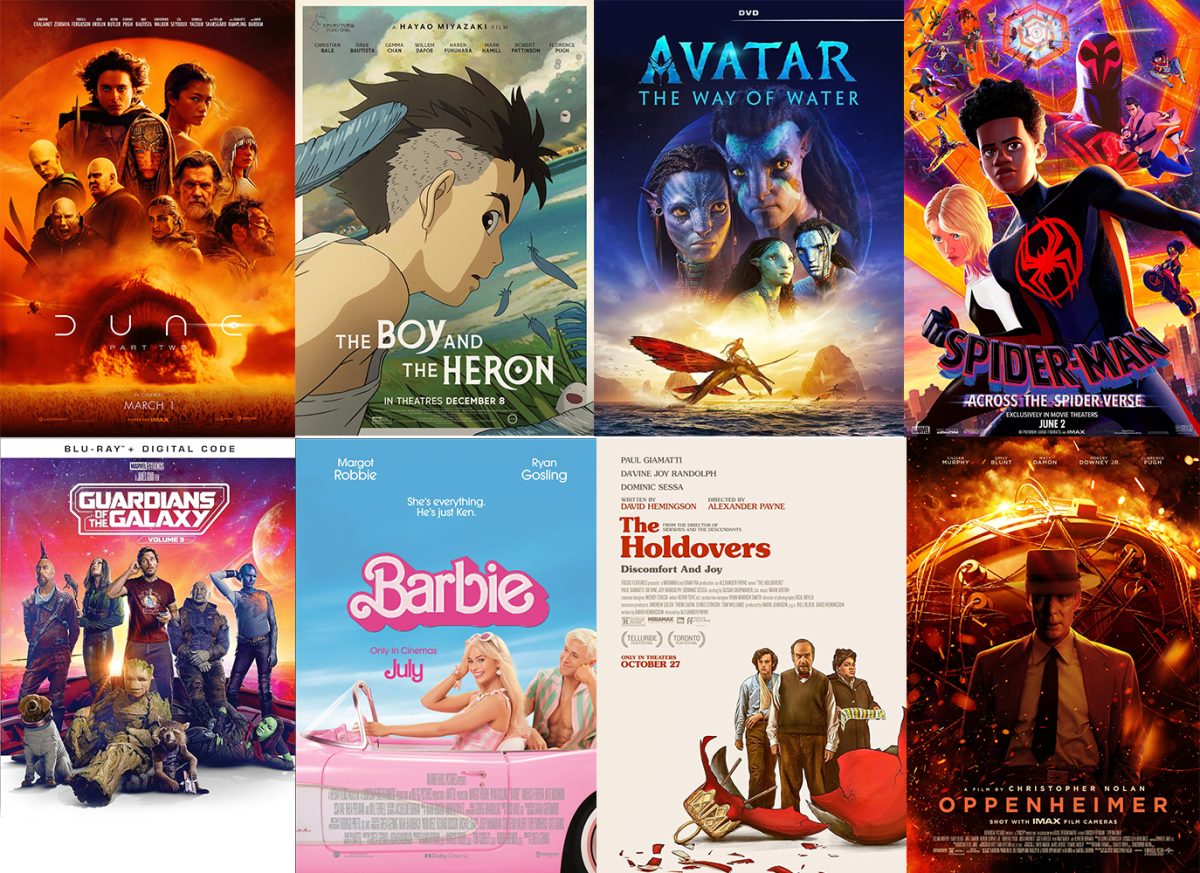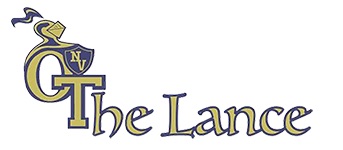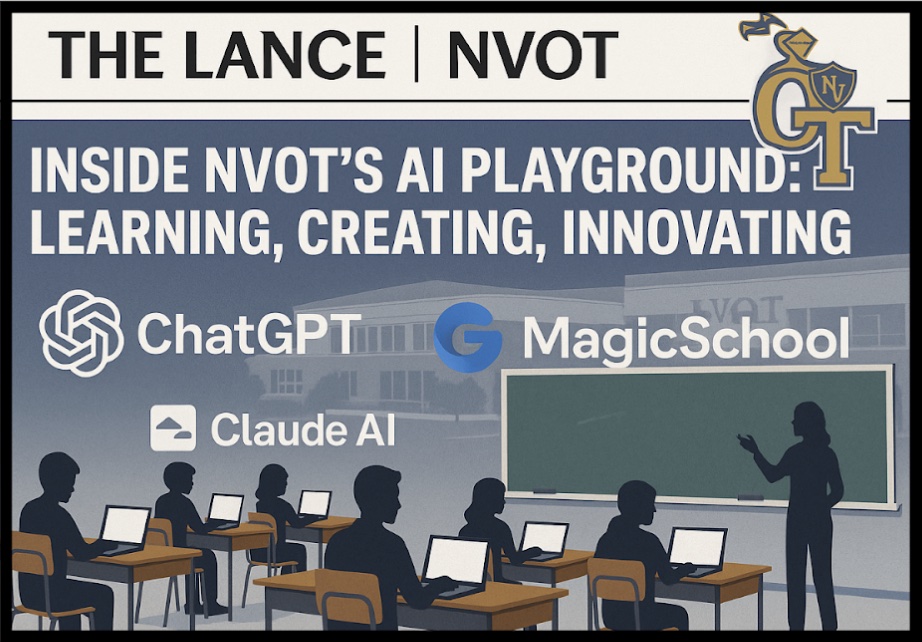AI in schools is stirring up lots of debates-and for good reason. While it has its perks, it also raises some big concerns, like making plagiarism too easy and encouraging students to lean on technology a little too much. Recently at NVOT, there has been an increased use of AI as a platform to help both students and teachers alike. NVOT is working to refute that narrative.
Science teacher Jeffery Lai has led the effort to show the school how technology is actually a powerful learning tool that can make education easier, Mr. Lai provides an opportunity for staff members to learn about utilizing AI in the classroom. In the school’s media center, volunteer students and staff play around with different AI technologies that can be used to help teachers create lessons, assignments, etc, along with using the tool for themselves. Lai calls this event the “AI Playground,” where students assist teachers in using AI more efficiently to accomplish their goals. It educates teachers at NVOT about AI and how to use it more effectively in the classroom setting.
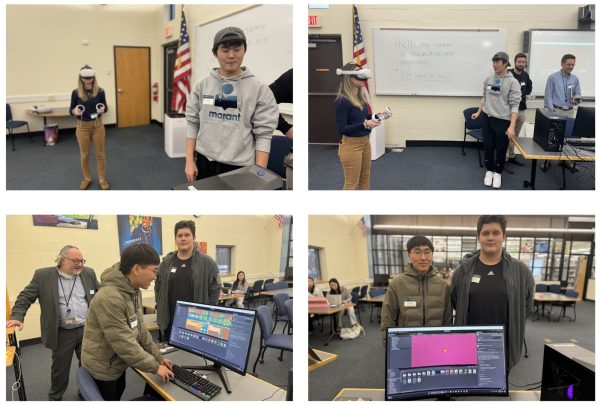
Seniors Danu Kim, Jackson Mendoza, and Hoon Jung were some of these volunteer students who participated in the “AI Playground”. Their main task was the “Zero to Hero Challenge” where they had five hours to create a video game from scratch for teachers to play. The relationship between the creation of video games and the application of AI in education may be questioned by some. In this case, though, students use ChatGPT as a tutoring tool to help them with the process of development. By the end of the day, they had built a platform survival game and a virtual bowling game from scratch using AI, despite the fact that none of the players had any prior experience creating video games. The exercise demonstrated how artificial intelligence (AI) can be used into classroom environment to help with learning and skill development in real time.
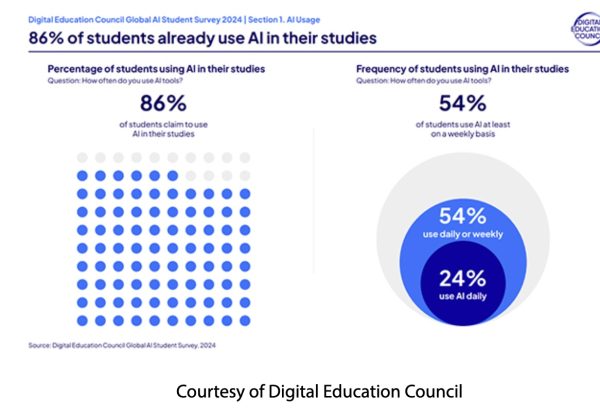
(Nadia Hassan)
Regarding the problem about AI and its effect on students’ critical skills, Lai thinks there should not be a concern. He says there are “many staff role models they have in our community who can help show [the students] how to use AI to tackle complex problems in appropriate circumstances” including himself. However, Lai also admits that in certain ways AI has altered his teaching practices (only making them more efficient). He now uses AI tools to improve his workflow, freeing up time for deeper student engagement. This can include “designing data architecture, learning new engineering principles, or finding real-life analogies to extend their understanding of the topic.” Lai is still cautious about where and how AI is used as he said, “I believe there is an element to humanness that AI cannot replace.” He doesn’t want to take away the personal connection of human interaction in learning, but AI certainly helps improve the quality of his engagement with students.
Marc Cicchino, the Director of Innovation at NVOT, feels the biggest challenge when integrating AI in the classroom is “to understand that when anyone outsources their thinking to chat bots like ChatGPT, they are robbing themselves of learning that would otherwise have occurred during that process.” Teachers don’t want to see their students short-change themselves when using AI in the classroom.
What makes NVOT unique in this conversation is how quickly our community of students and staff have adapted. “Normally, education takes years to adjust to new tech,” Lai noted. Teachers are already integrating AI into classrooms, and students are using it regularly in their classwork. For example, senior Amanda Haenelt’s English class used AI in the classroom to create a multiple choice test for students to take based on the film they were watching in class, On The Waterfront. Instead of spending the extra time writing questions manually, her teacher, Brook Zelcer, wanted to experiment with AI and use it to create a high quality assessment in minutes.
Additionally, freshman Emma Nally has found that using AI Programs such as Google Gemini can make her load of studying “less stressful” by using “AI generated study guides and methods to memorize [her] history terms.” With the implementation of AI, even freshmen can easily adapt to the demands of high school, which are normally overwhelming without some help.
ChatGPT is not the only available AI program to make its way into NVOT classrooms; now, there are even more options for students and teachers such as the new Google Gemini, Claude AI, and Magic School to help them with any task they need to accomplish. Cicchino agrees that “the AI tool, Gemini, can be great for helping teachers to rapidly generate classroom activities.” They can already be helpful for teachers in brainstorming or reimagining lessons through the lens of new educational trends. He says “AI can generate feedback on instructional plans and activities to promote student composure, collaborative learning, inquiry and other engaging strategies” that can help them in their classrooms. But the important thing is that they are being used as tools to encourage better comprehension rather than as quick fixes to do assignments.
AI elective leader and student, Hoon Jung agrees that the AI movement at NVOT is more about meaningful integration, giving students tools to experiment, make mistakes, learn, and create in ways that weren’t there before. “It’s about helping teachers and students more efficiently, so they can focus on building stronger relationships and delivering better instructions to their students.”
At NVOT, the message is clear: AI isn’t the enemy of education, it’s the next step forward.

